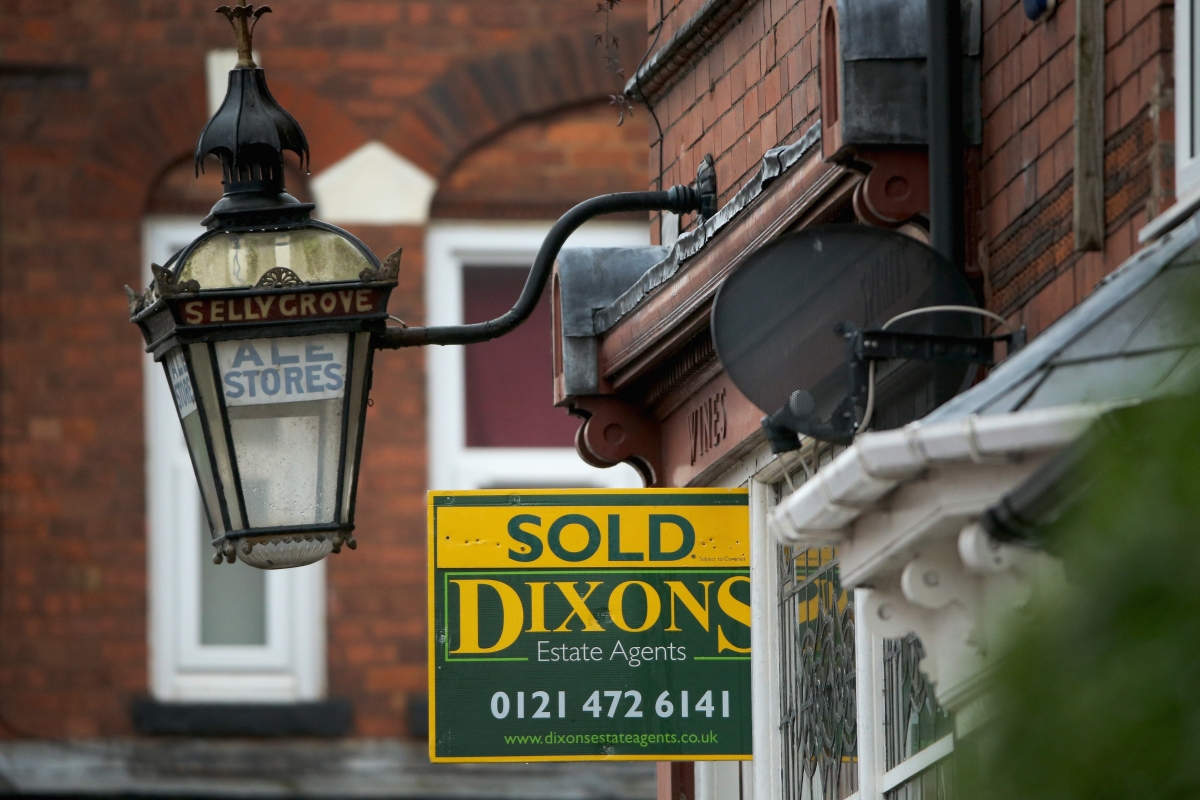
The three biggest forces behind the price of houses are the levels of supply and demand in the market, the availability of mortgage credit, and the economy's health. So let's take a look at how each of those is shaping up for 2016, because they will tell us a lot about where house prices are heading. Here is a preview of the UK housing market in 2016.
We will still not be building enough homes
Housing supply is running at around half the level of demand. Housing starts in England in the year to September 2015 were 136,830, down by 0.8% on the 12 months before, according to government statistics. Construction activity has slowed markedly in the second half of 2015, with housebuilding bearing the brunt.
A worsening skills shortage and high materials and land prices are putting pressure on builders' costs. Though still building more houses than the time of the financial crisis, construction firms say they are held back by a lack of available labour. None of these factors will change materially in 2016. The government has doubled its housebuilding budget (having cut it to the bone in the first place) and it is still trying to liberalise planning law.
But nobody is expecting a sudden surge in housebuilding amid the existence of construction sector problems such as a labour shortage, and strict planning rules such as green belt protections that restrict land availability and drive up its price. But demand will keep on rising, driven by an ageing population and high net migration. There looks likely to be little, if any, let up in the housing market's demand and supply stress.
Mortgage credit is cheap but Bank of England will eventually increase interest rates
There are a number of schemes available to help homebuyers, in particular first-time buyers, get access to cheap mortgage credit. The most famous of these is Help to Buy, which has just been extended for Londoners, who face particularly high house prices -- an average of £535,000, says the ONS. And the Bank of England's all-time-low base rate of 0.5%, where it has sat for several years to keep banks lending and the economy moving, has held mortgage repayment costs down.
But as the economy heals, policymakers at the Bank of England want to start raising rates to prevent any credit bubbles forming in a boom. The rate rise – which will only be incremental – was expected by the end of 2015 but it never came because of external risks to the UK economy. It looks likely the first rise will come in 2016.
When it does, it could cool off demand in the property market by making mortgage debt more expensive, which would then ease some of the big pressure on the limited supply of housing. However, the fact the base rate will only rise fraction by fraction may mean it has little impact on demand anyway.
While the UK economy is strengthening, there are a number of external threats to it
The domestic economy is getting stronger: wages are rising, unemployment is falling, growth is robust. But there are what economists call "headwinds" blowing gales at the UK.
China's economic slowdown and recent stock market meltdowns; falling oil prices hurting big British companies and the economies they do business with; geopolitical turmoil in the likes of Ukraine, Syria and Iraq; the International Monetary Fund's (IMF) warnings about the massive piles of Western currency debt held in emerging economies that will suffer when central banks increase rates, in particular the US Fed; the stagnation of the eurozone, one of the UK's largest trading partners.
All of these are major risks to the UK economy and, if they erupt, could hurt housing demand and construction firms.
The growth in London property prices has been stratospheric in recent years. As well as high demand from people who just want to live in the city, London property is seen as a golden investment opportunity – a high-yield safe haven. So foreign and domestic buyers have poured money into the market, helping to push up prices.
Moreover, the housing shortage is particularly acute in London due to tight planning laws, especially the green belt restrictions, making it difficult and expensive for developers. The double-digit house-price growth has spilled over as people cash in and leave the city, taking with them big piles of money with which to buy a home elsewhere, driving up prices there, too.
But there is a limit. The ONS says the average price of a London home is now £535,000 and rising. At some point, we will reach the absolute limit of affordability where Londoners' incomes just cannot secure a mortgage large enough to buy a home. That may happen in 2016.
"On affordability grounds alone, there is limited capacity for house-price growth in the mortgaged part of the London market over the next five years," Lucian Cook, a property expert at the Savills estate agency, told This Is Money. "A period of sustained low price growth is needed to rebalance the market."
But the fundamentals are strong: heavy demand against a limited supply. This is not a bubble and there are strict limits on the mortgage market imposed by the Bank of England to protect against that. What we will probably see is the London market plateau.
"The price gap between a first-time home and a larger family home has skyrocketed in some regions, such as London, curbing activity in the housing market," said Nina Skero, economist at the Centre for Economics and Business Research (CEBR), said in a report. "For many, the rungs of the property ladder are moving further apart, making it impossible to upsize."
All in all it looks like more of the same, only less so
Nationwide's house price index peaked at an annual growth rate of 11.8% in June 2014. Since then, it has slowed markedly to 3.7% annual growth in November 2015. For Halifax, annual house price growth peaked in 2015 at 9.7% in October. It is forecasting annual growth of between 4% and 6% for 2016.
The Office for Budget Responsibility (OBR), an independent fiscal watchdog, said UK house price growth was 9.9% in 2014, 6.2% in 2015 and will be 4.8% in 2016. Headline house price growth is slowing mostly because of London's slowdown. All regions are still anticipated to show solid house price growth in 2016.
"There is little reason to expect any fundamental shift in the key market drivers in the immediate future," said Martin Ellis, housing economist at Halifax, in his Housing Market Outlook for 2016. "As a result, the substantial imbalance between supply and demand is likely to persist, maintaining upward pressure on house prices in 2016. On average, UK house prices look expensive compared to incomes but valuations are supported by the low levels of property for sale, low levels of housebuilding, and exceptionally low interest rates."


